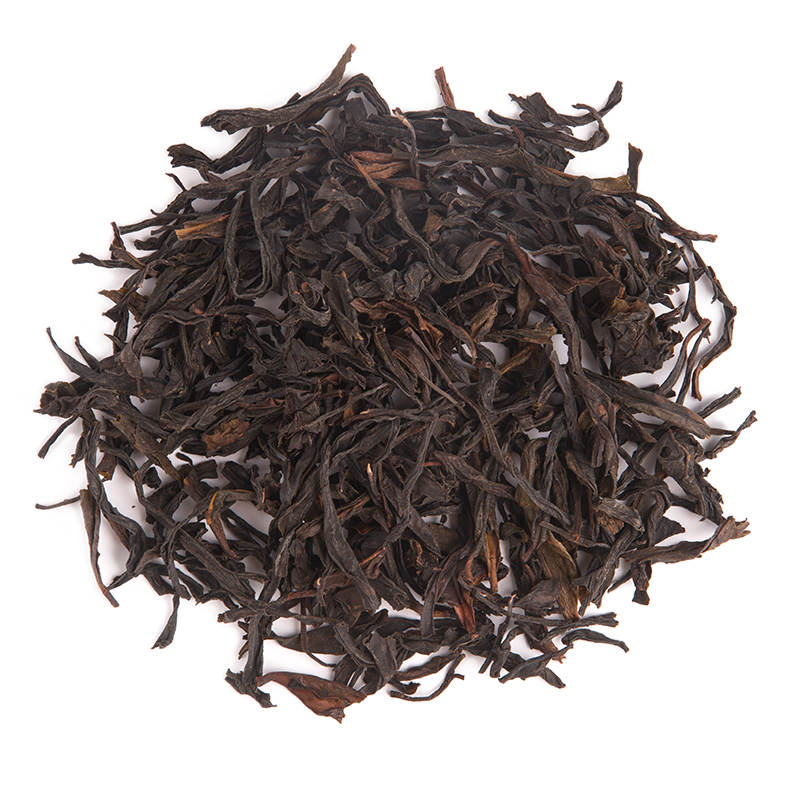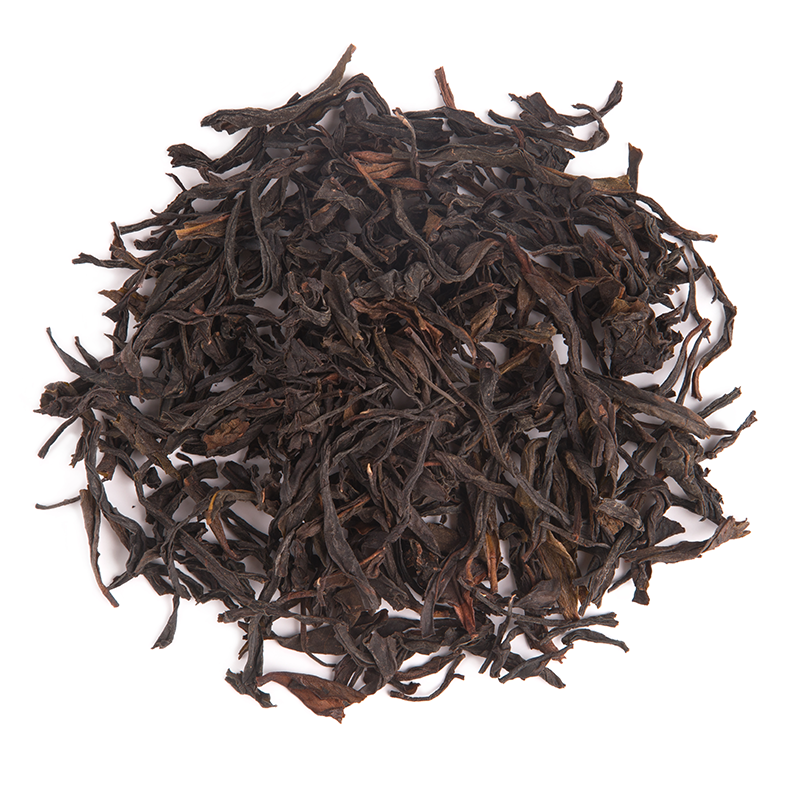Explore the Rich Flavors of Oolong Tea
Oolong Tea (Camellia sinensis) is a traditional tea produced through a unique process that involves withering the plant under strong sun before curling and twisting. This tea is neither fully black nor green, offering a range of flavors from sweet to toasty and mild to full-bodied.
Oolong Tea's diverse flavor profile makes it a versatile and flavorful option for tea lovers. It's often appreciated for its depth of flavor and the complexity it brings to the tea-drinking experience. Oolong Tea can be enjoyed at various temperatures and brewing times, allowing for a customizable and personal tea experience.
More about Oolong Tea
Oolong Tea, derived from the leaves of the Camellia sinensis plant, is a traditional Chinese tea known for its unique range of flavors, from fruity and light to richly roasted. It contains a plethora of active ingredients, including caffeine, theanine, epigallocatechin gallate (EGCG), theaflavins, catechins, and flavonoids. These compounds contribute to Oolong Tea's health benefits, such as antioxidant properties, potential heart health benefits, and supporting healthy weight management.
In an apothecary or herb shop, Oolong Tea is often appreciated for its wellness properties. The presence of EGCG, a potent polyphenol, is particularly valued for its antioxidant capacity, which plays a role in combating oxidative stress. Originating from China and Taiwan, Oolong Tea has gained global popularity, not just as a refreshing beverage but also as a component of health and wellness routines.
Its versatility in flavor and health benefits make it a sought-after tea in various forms, from loose-leaf infusions to concentrated extracts, appealing to a wide range of tea enthusiasts and health-conscious individuals.
Know Your Ingredient: Oolong Tea
| Latin Name | Camellia sinensis |
| Active Ingredients | Caffeine, Theanine, Epigallocatechin Gallate (EGCG), Theaflavins, Catechins, Flavonoids |
| Classification Secondary Metabolite | Alkaloids (Caffeine), Amino Acids (Theanine), Polyphenols (Catechins, Theaflavins, Flavonoids) |
| Flavor | Varies from fruity and light to thick and roasted, depending on the level of oxidation |
| Common Use | Beverage, rich in antioxidants, potential benefits for heart health and weight loss |
| Origin | China, Taiwan |


